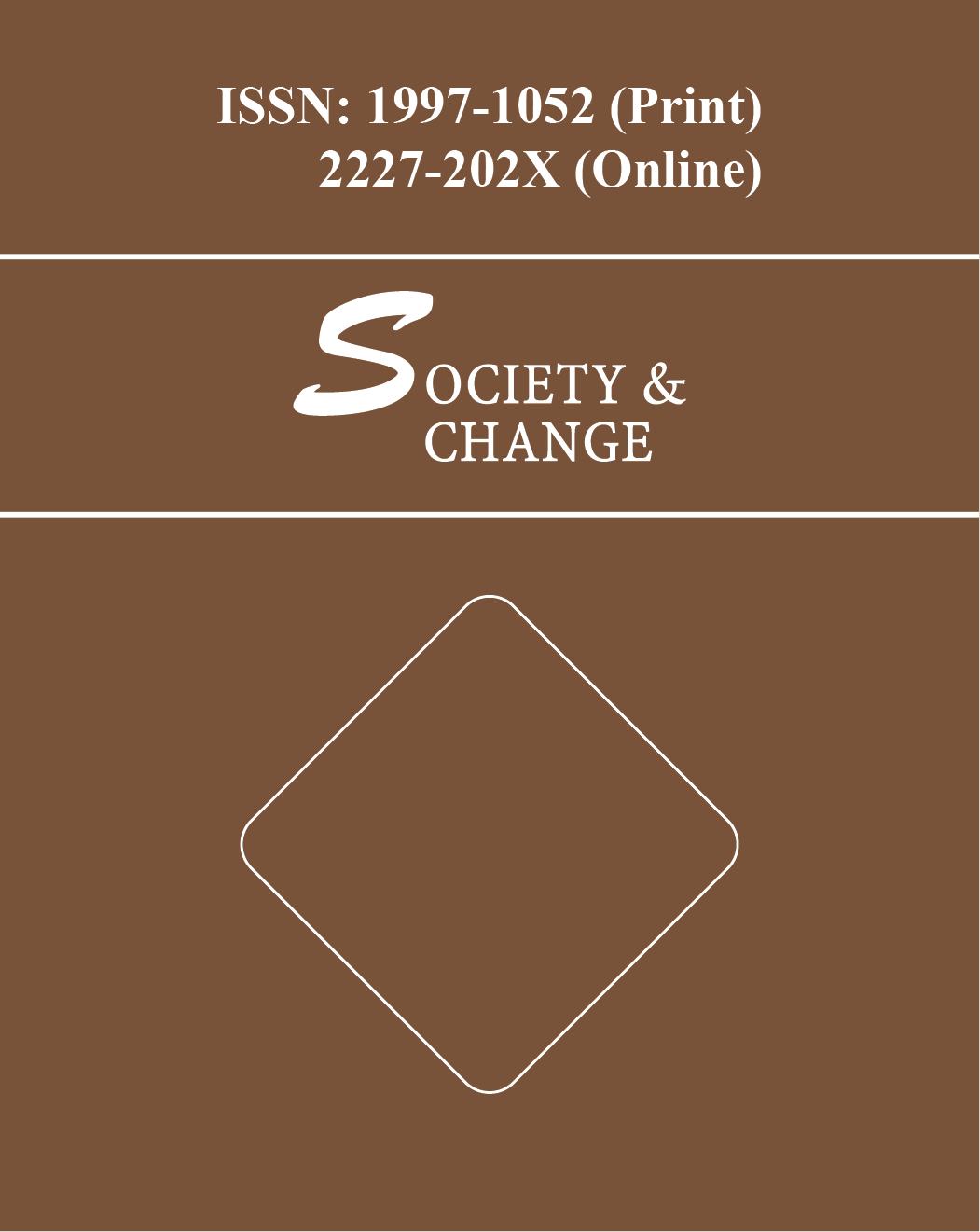Bangladesh is a densely populated country with its small land. Currently there are more than three million people who are fully unemployed and about twenty million people are partly employed in Bangladesh. Migration Sector has now been highly considered as a way to reduce unemployment from the country. Migration is contributing to our economy in two ways, by decreasing the rate of unemployment and by supplying remittances which contribute to our GDP growth. Therefore, ensuring Safe Migration for the Bangladeshi Migrant workers is now a time demand. Not only men but also women migrant workers are contributing toward migration sector by sending remittances on a regular basis. It is very unfortunate that in many cases migrant workers face various problems at home, transit and abroad. At present, NGOs in Bangladesh are playing a very crucial role to ensure safe migration for Bangladeshi migrant workers. BRAC is notable amongst them. The general aim of the paper is to identify the type of services that are being provided by BRAC Migration Programme to women migrant workers and to know the strategy of BRAC Migration Programme as it is contributing in ensuring safe migration for migrant workers in Bangladesh. Safe Migration refers to the successful migration which gives a sustainable base of livelihood for a migrant worker. Generally there are three basic steps in safe migration process. These are pre-departure, post-arrival, return and re-integration. The specific objective of the paper is to explore the role of BRAC Migration Programme in all these three stages of safe migration for Bangladeshi women migrant workers. This paper follows case oriented qualitative research approach and the data relevant to the study has been collected from both the primary and secondary sources.



 Additional Indexing
Additional Indexing